Situation
Using Python 3, Django 1.9, Cubes 1.1, and Postgres 9.5.
These are my datatables in pictorial form:
The same in text format:
Store table
------------------------------
| id | code | address |
|-----|------|---------------|
| 1 | S1 | Kings Row |
| 2 | S2 | Queens Street |
| 3 | S3 | Jacks Place |
| 4 | S4 | Diamonds Alley|
| 5 | S5 | Hearts Road |
------------------------------
Product table
------------------------------
| id | code | name |
|-----|------|---------------|
| 1 | P1 | Saucer 12 |
| 2 | P2 | Plate 15 |
| 3 | P3 | Saucer 13 |
| 4 | P4 | Saucer 14 |
| 5 | P5 | Plate 16 |
| and many more .... |
|1000 |P1000 | Bowl 25 |
|----------------------------|
Sales table
----------------------------------------
| id | product_id | store_id | amount |
|-----|------------|----------|--------|
| 1 | 1 | 1 |7.05 |
| 2 | 1 | 2 |9.00 |
| 3 | 2 | 3 |1.00 |
| 4 | 2 | 3 |1.00 |
| 5 | 2 | 5 |1.00 |
| and many more .... |
| 1000| 20 | 4 |1.00 |
|--------------------------------------|
The relationships are:
- Sales belongs to Store
- Sales belongs to Product
- Store has many Sales
- Product has many Sales
What I want to achieve
I want to use cubes to be able to do a display by pagination in the following manner:
Given the stores S1-S3:
-------------------------
| product | S1 | S2 | S3 |
|---------|----|----|----|
|Saucer 12|7.05|9 | 0 |
|Plate 15 |0 |0 | 2 |
| and many more .... |
|------------------------|
Note the following:
- Even though there were no records in sales for Saucer 12 under Store S3, I displayed 0 instead of null or none.
- I want to be able to do sort by store, say descending order for, S3.
- The cells indicate the SUM total of that particular product spent in that particular store.
- I also want to have pagination.
What I tried
This is the configuration I used:
"cubes": [
{
"name": "sales",
"dimensions": ["product", "store"],
"joins": [
{"master":"product_id", "detail":"product.id"},
{"master":"store_id", "detail":"store.id"}
]
}
],
"dimensions": [
{ "name": "product", "attributes": ["code", "name"] },
{ "name": "store", "attributes": ["code", "address"] }
]
This is the code I used:
result = browser.aggregate(drilldown=['Store','Product'],
order=[("Product.name","asc"), ("Store.name","desc"), ("total_products_sale", "desc")])
I didn't get what I want.
I got it like this:
----------------------------------------------
| product_id | store_id | total_products_sale |
|------------|----------|---------------------|
| 1 | 1 | 7.05 |
| 1 | 2 | 9 |
| 2 | 3 | 2.00 |
| and many more .... |
|---------------------------------------------|
which is the whole table with no pagination and if the products not sold in that store it won't show up as zero.
My question
How do I get what I want?
Do I need to create another data table that aggregates everything by store and product before I use cubes to run the query?
Update
I have read more. I realised that what I want is called dicing as I needed to go across 2 dimensions. See: https://en.wikipedia.org/wiki/OLAP_cube#Operations
Cross-posted at Cubes GitHub issues to get more attention.
